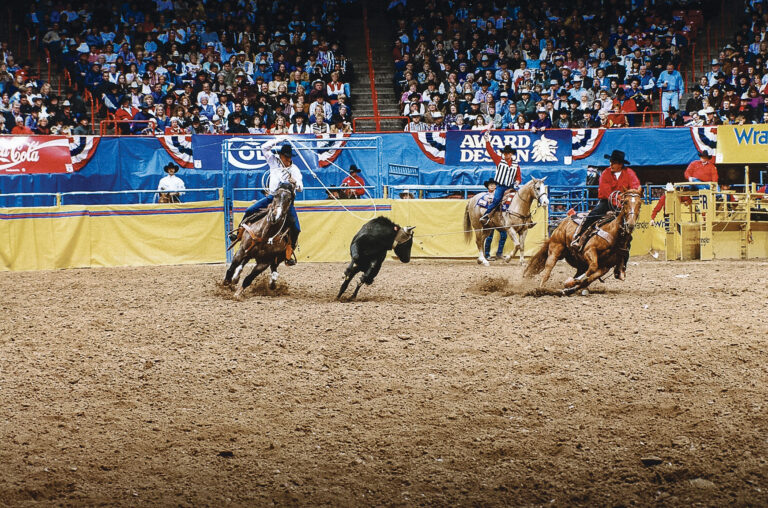At some point in your career you need to expand your variety of shots, and you’ll need to understand how to reach in team roping.
This article was originally published in a 2003 edition of Spin To Win Rodeo.
Even though most low-numbered ropers can capitalize on just catching, there are certain situations where your back’s against the wall and you need to reach a little.
Watch: Old-School Roping.com Videos with Jake Barnes on Reaching
For example, if you’re way down on the high-teams list and need to make a fast run to get in the money, if you’re limited to one shot you’re eliminated. If your only shot is at the hip you’ve forfeited your shot at being in the money. Reaching also comes in handy if you miss your first steer. Unless you draw that pup steer that’ll let you run in there close, chances are you aren’t going to win anything in the round unless you have some range.
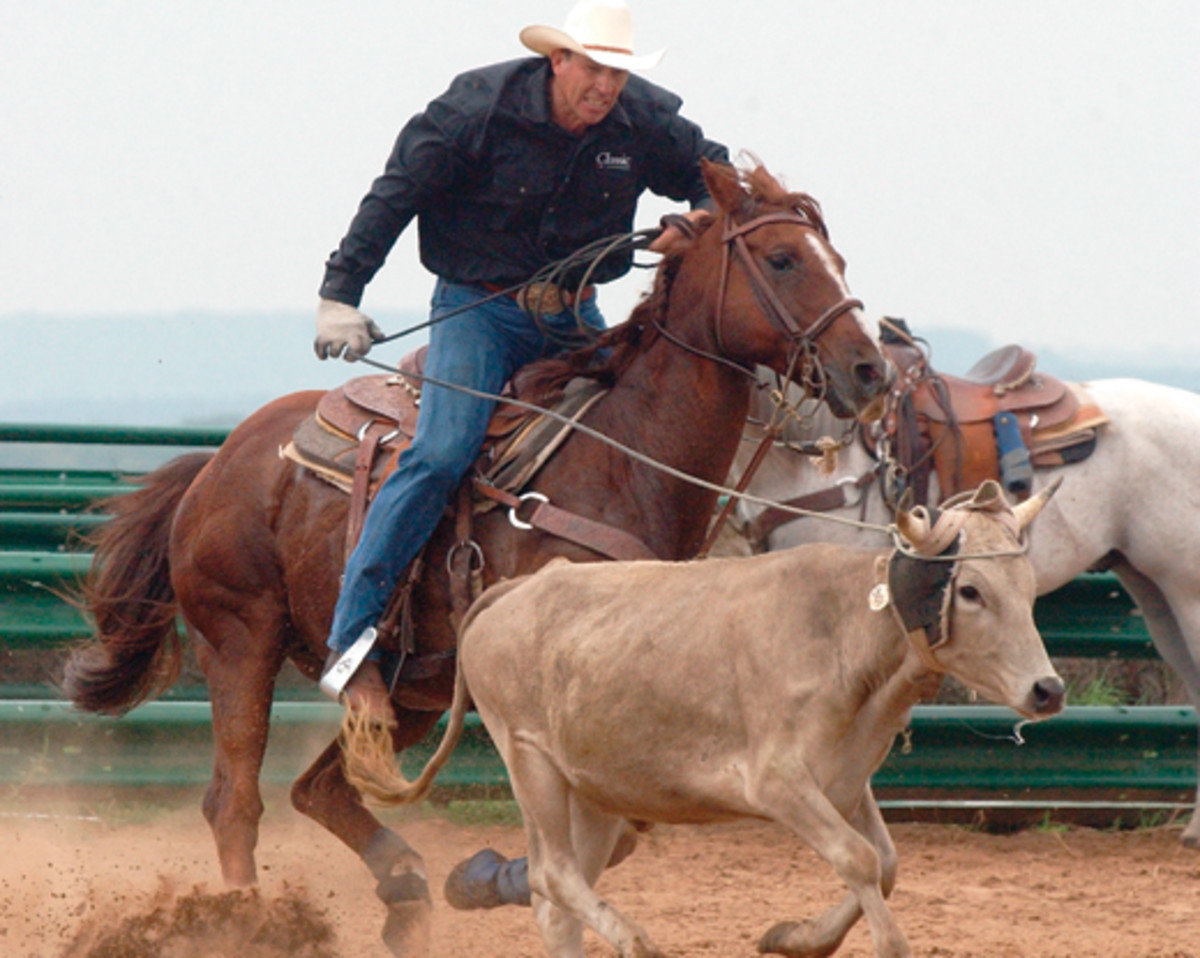
Developing Diverse Shots When Reaching
As a roper, you need to be like Tiger Woods. You need to develop every shot in the game, to where you can finish conservatively if that’s all you need to do, or you can set a course record or hit a hole-in-one if you have to.
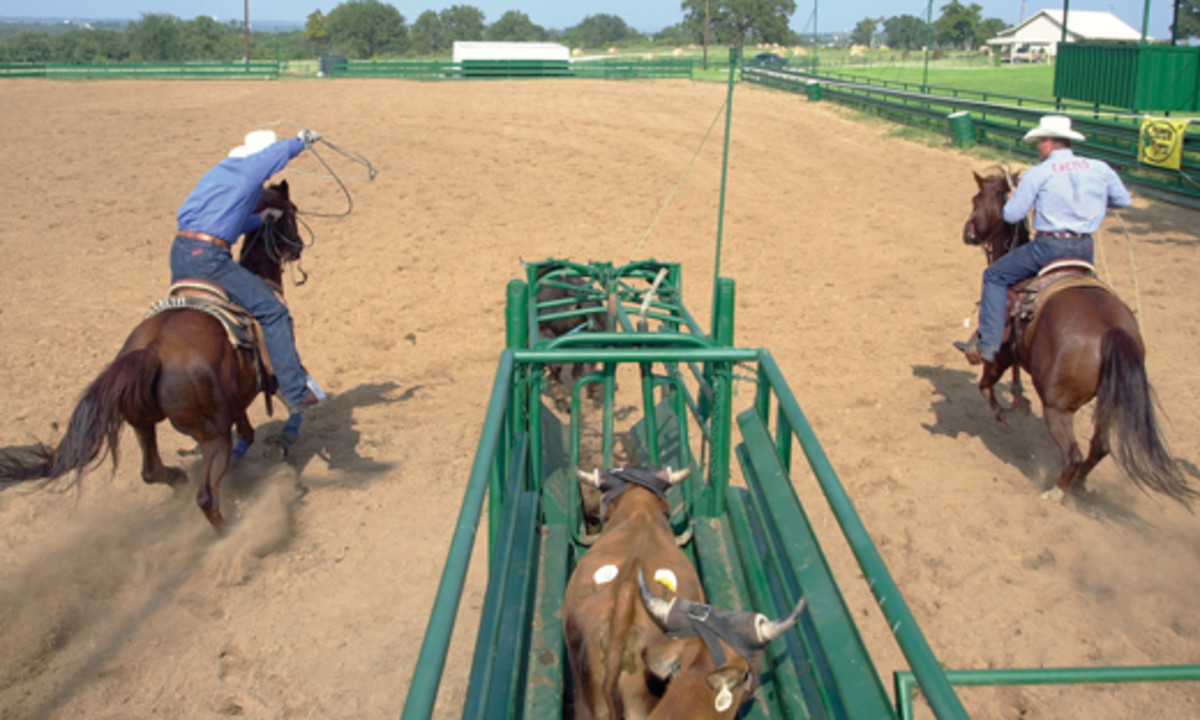
Most guys fall into a trap of just being one-dimensional. There are guys at both ends of the one-dimensional spectrum. There are some who have to run up to the hip every time, and some who can only reach. I feel that at any given time you need to be able to pull the rabbit out of the hat when you need to win.
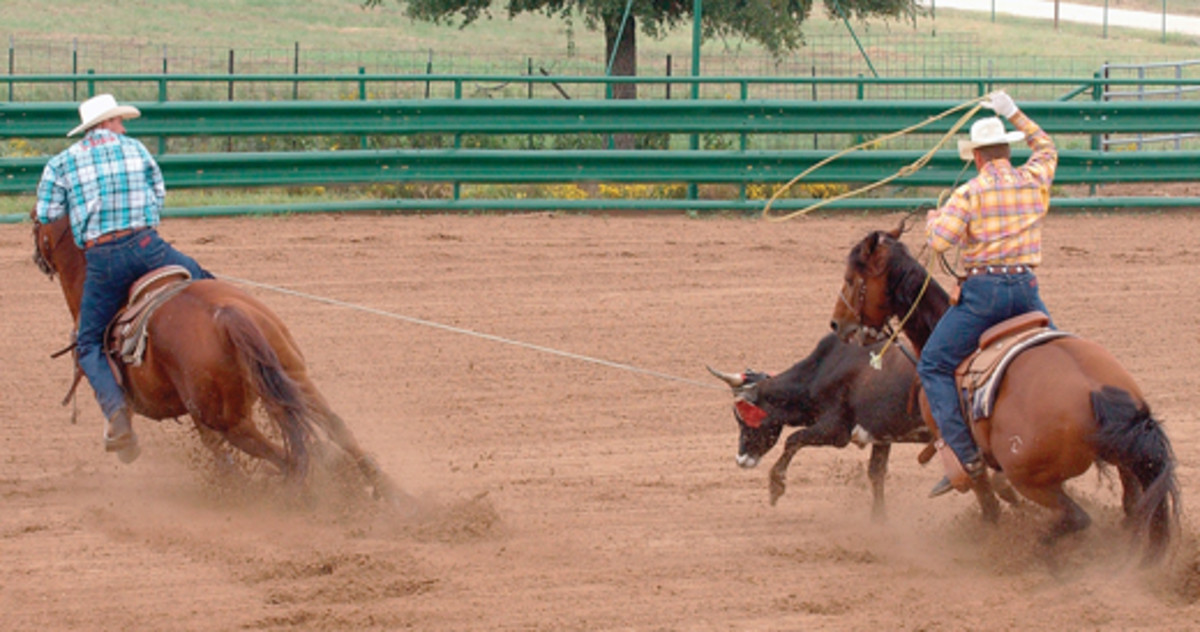
Getting Out of Your Comfort Zone
The first thing you need to do is get out of your comfort zone and learn to take chances. A lot of it’s a psychological game, where your mind is focused on making a fast run. You need that mindset to make it happen.
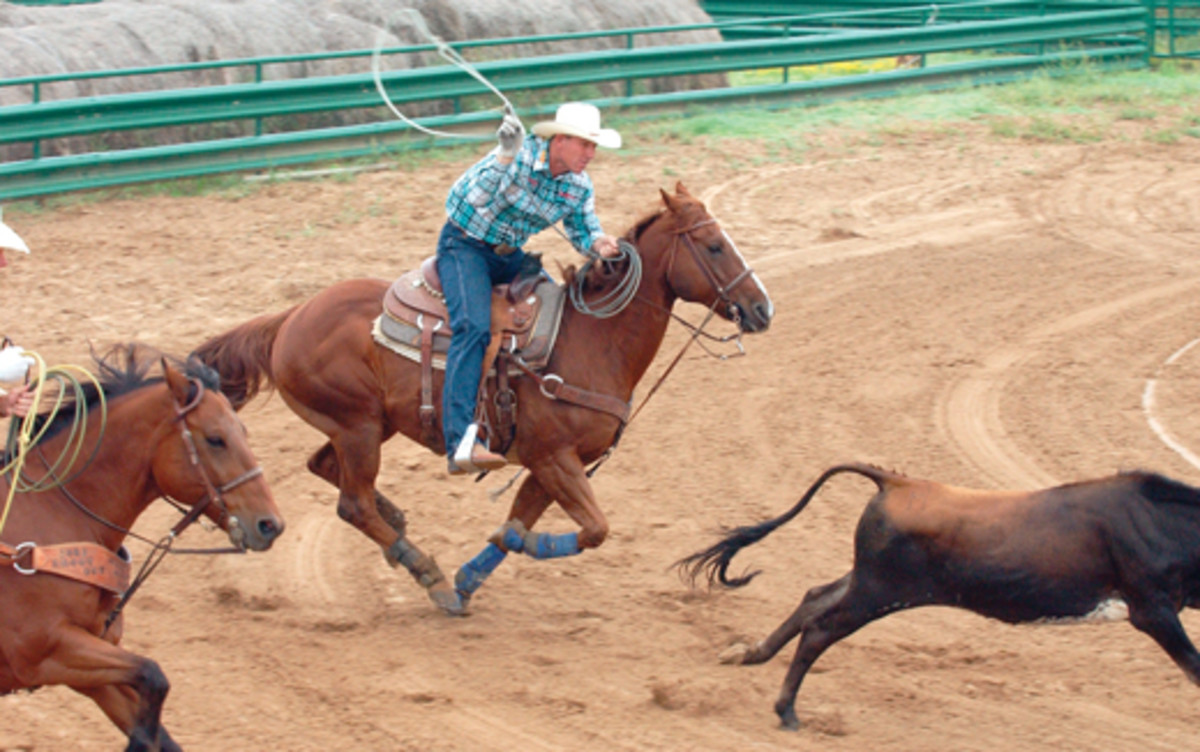
Pushing the Barrier
Besides being focused and having intensity, in order to make that fast run you need to ride the barrier harder. You have to see your start or you’ll ride through the barrier and eliminate yourself, but if you’re going for a round and miss the barrier by two feet you aren’t going to win anything.
Building a Bigger Loop
You need a bigger loop when you’re planning on reaching, because you’re going to need some range. Increase your loop size by about a foot to a foot and a half. I usually lengthen my spoke by about five or six inches.
I’m not going to grab the saddle horn when I’m trying to be fast. I’m going to try to start my swing either in the box or right when I leave the box, and grabbing the saddle horn makes me behind on my swing.
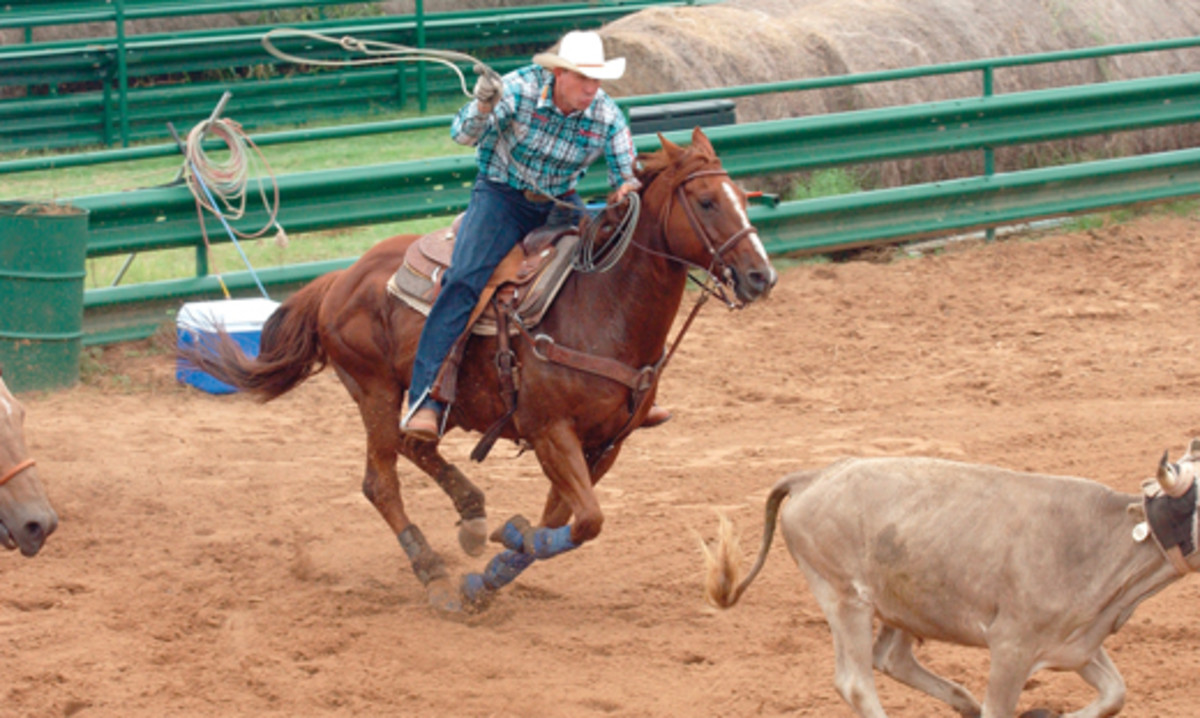
Getting Ready to Throw Faster
When you first start doing this your shot’s going to be there before you’re ready and you’re going to feel like you’re behind. Roping fast means getting ready faster. If you aren’t ready when the shot arises you can turn a 4- or 5-second run into
a 10-second run.
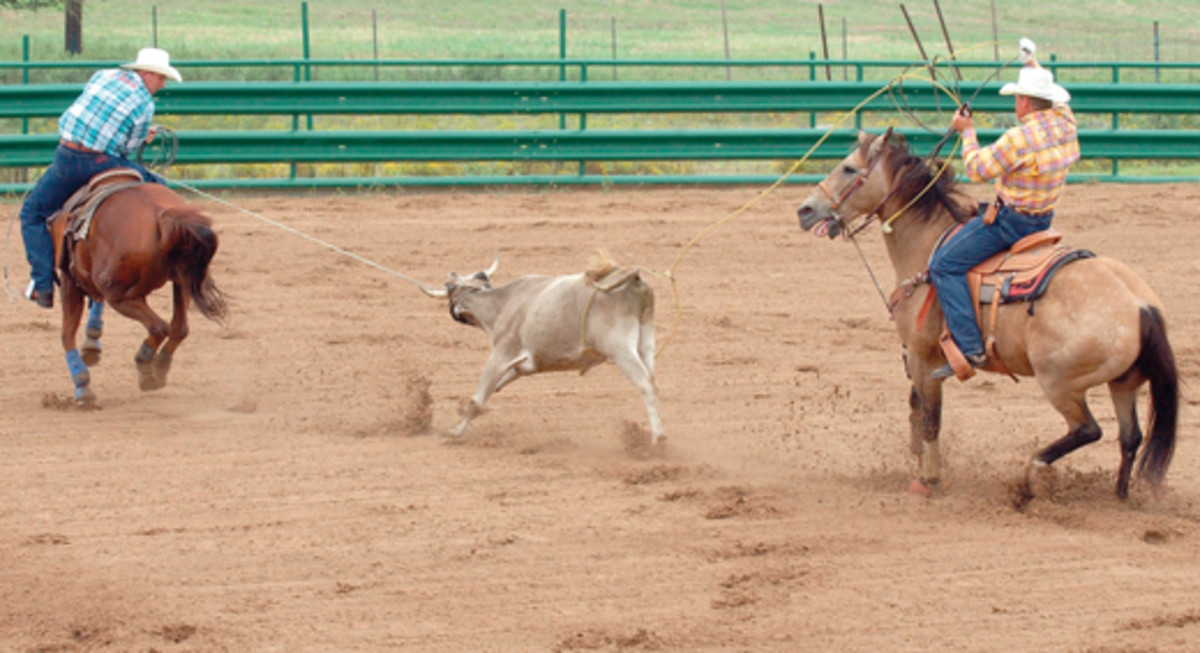
Helping Your Heeler
Roping a steer fast doesn’t mean you turn off hard and make it tough on your heeler.
You can stick it on a steer fast and then handle him slow. If you reach and duck all the time your head horse is going to start ducking before you throw, and making things hard on your heeler. You can practice roping steers fast with or with-out a heeler.
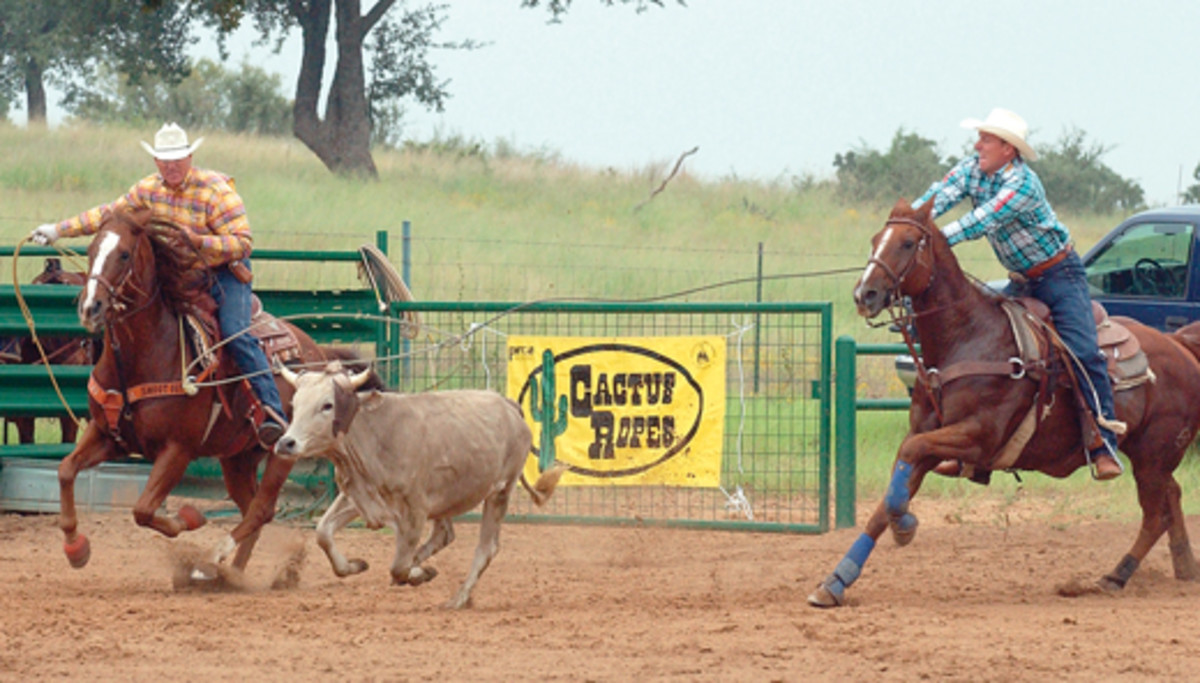
The only way a baseball player is ever going to hit a home run is to rear back and swing away. There are going to be some strikeouts along the way, but unless you’re swinging hard enough there’s no chance of that ball going over that fence.
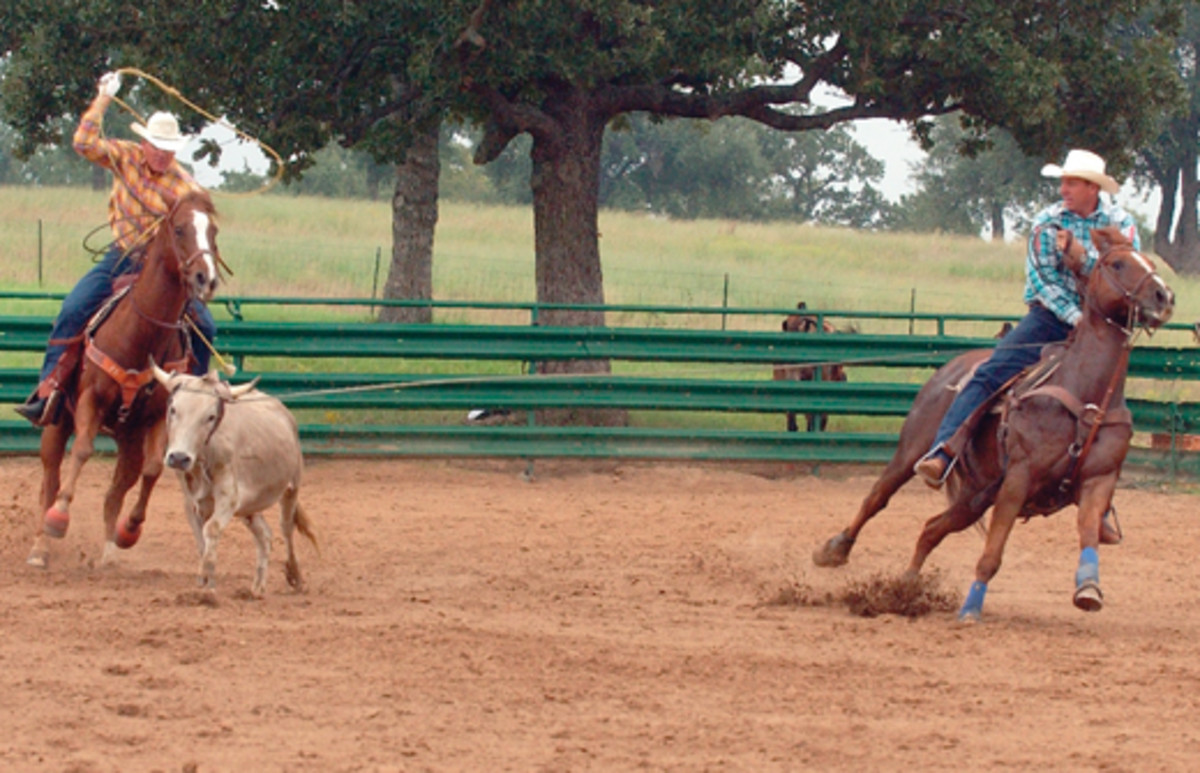
Sacrificing Fundamentals
Whenever you’re trying to make a fast run you’re basically trying to get from A to Z as quick as you can. You’re going to sacrifice a lot of your fundamentals because you’re cutting corners. For example, if the steer doesn’t run much and you throw it a little further you might have more slack out there. You can’t drop out of there with a lot of slack in the loop without giving your heeler a horrible handle. You need to push your horse out in front of the steer more, so there’s not such a hard jerk
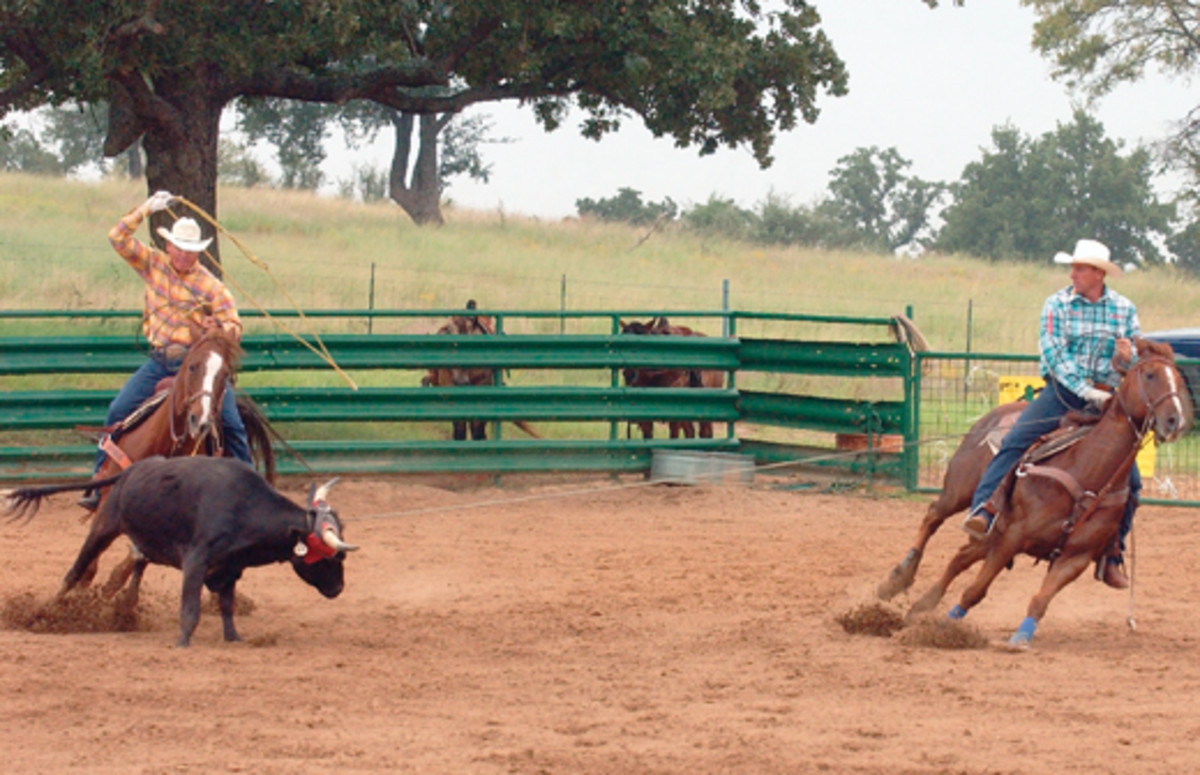
You might not have time to set up such a perfect run for your heeler. The point is to at least give your heeler a reasonable shot. You don’t want to give him all brisket and fishtail.
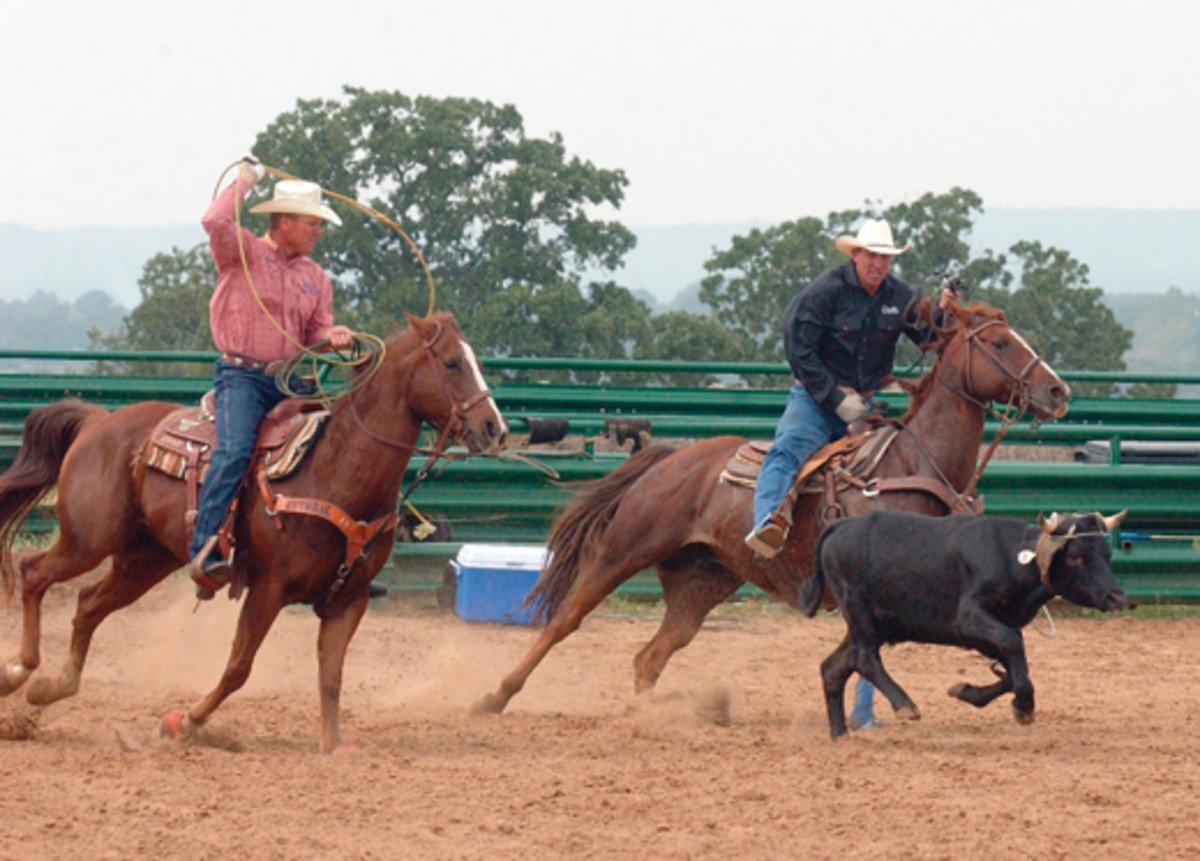
Reacting
If you back in the box planning to reach and draw a slow steer you need to learn to change things up and react. You have to make your decision as the run unfolds. Do you have time to take another swing? That’s fine if you have time for a high-percentage shot, but if you only have one option you have nothing to lose by taking chances.







